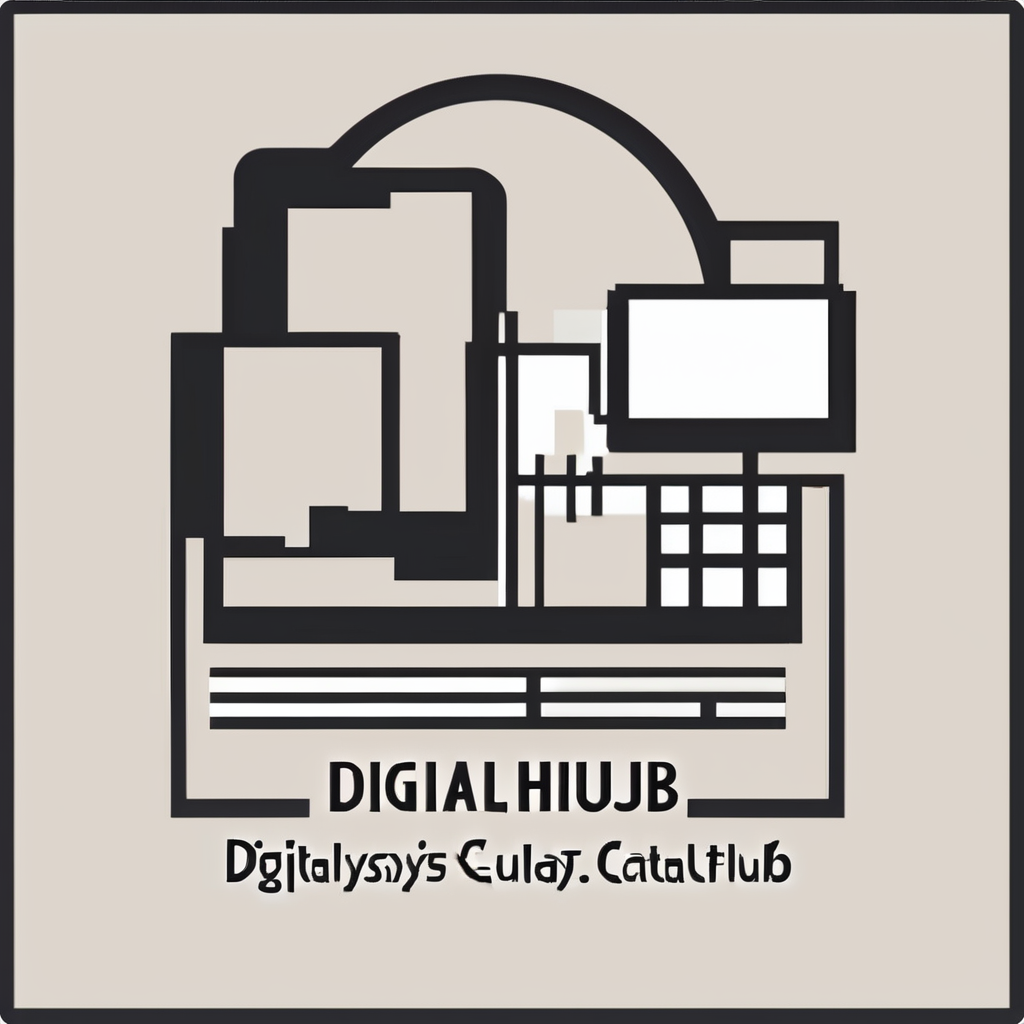Overview of AI in the Charity Sector
Artificial Intelligence (AI) is revolutionising the charity sector by enhancing operational efficiency and donor engagement. AI in charities refers to the use of complex algorithms and machine learning to manage tasks that were traditionally human-operated. This transformation allows charities to streamline their operations, thus saving time and resources that can instead be directed towards their core missions.
Current trends in AI adoption within the UK charity landscape demonstrate a growing integration of AI technologies. Charities are employing AI to analyse donor data, improve marketing strategies, and personalise donor interactions. This trend not only optimises the operational process but also enriches the ways charities engage with their donors.
Topic to read : Boosting local business growth: harnessing geofencing for powerful marketing tactics in the uk
The potential benefits of AI for donor engagement are significant. AI can tailor communications to match donors’ preferences, improving the likelihood of donations. Additionally, predictive analytics can forecast donor behaviour, enabling charities to craft informed, strategic fundraising campaigns. For a charity, this means increased efficiency in targeting and retaining donors, ultimately maximising their impact.
As charities continue to experiment with AI, understanding these technologies becomes crucial. By adopting AI, charities can leap forward, profoundly transforming how they engage with supporters and manage resources.
In the same genre : Ultimate guide to developing a comprehensive social media strategy for uk restaurants: your step-by-step blueprint
Strategies for Donor Engagement Using AI
Leveraging AI strategies can profoundly influence donor engagement by personalising interactions and predicting behaviours.
Personalization Techniques
AI enables organisations to tailor donor experiences through insights derived from data. By analysing past donor behaviour, AI can suggest personalised content and preferred communication channels. This approach fosters stronger donor relationships by making interactions more meaningful and relevant.
Predictive Analytics
Predictive analytics is another transformative tool for donor relationships. AI can anticipate a donor’s future contributions by studying patterns and preferences, allowing organisations to tailor their outreach. This insight aids in identifying potential major donors early, improving fundraising efficiency.
Automated Communication
Finally, implementing chatbots can significantly enhance donor relationships. Automated communication delivers timely responses and remains accessible round the clock. These AI-driven systems handle inquiries efficiently, ensuring donors feel valued and engaged. Additionally, chatbots can provide updates on impact and progress, cultivating a donor’s ongoing connection to the cause.
These AI advancements are significant, allowing for enhanced personalisation, accurate prediction of donor behaviour, and automated yet meaningful engagement. By integrating such AI strategies, organisations can build robust and lasting donor relationships.
Real-Life Case Studies of AI Success in UK Charities
In recent years, numerous UK charities have showcased remarkable AI success stories, demonstrating the transformative potential of artificial intelligence in the non-profit sector. Leading organizations have leveraged AI to enhance their service delivery, amplify fundraising efforts, and streamline operations. This strategic implementation of AI has not only led to increased efficiency but also resulted in significant cost savings, redirecting more resources towards mission-critical activities.
A standout example is a national charity focused on mental health support. By integrating AI into their helpline services, they improved response times and personalized assistance. This deployment led to a 30% increase in user satisfaction, clearly showcasing the benefits of such innovative technological approaches.
Another notable case involves an environmental charity using AI for data analysis and predictive modeling, enhancing their ecological conservation efforts. This initiative provided them with deeper insights into environmental changes, leading to more effective strategy development and execution.
The lessons learned from these case studies underline the importance of starting small with AI projects, ethical data handling, and continuous assessment. For other organizations considering AI adoption, understanding these dynamics is crucial in replicating similar successes and driving positive impacts in their respective areas.
Data Analytics for Impact Measurement
In the realm of impact assessment, charities leverage data analytics to unearth valuable insights from donor information. AI plays a pivotal role in scrutinising these datasets, revealing patterns and connections that might be otherwise overlooked. By employing sophisticated algorithms, artificial intelligence aids in interpreting complex data to enhance the comprehension of donor behaviours and preferences. This understanding enables charities to tailor their campaign strategies more effectively.
To ascertain the success of their initiatives, organisations often utilise several techniques. These include A/B testing, which evaluates varying campaign methods, enabling charities to identify the most impactful approaches. Additionally, sentiment analysis can glean donor feedback from social media, providing real-time insight into public perceptions.
Implementing data-driven decisions enhances resource distribution significantly. By identifying which sectors benefit most from an influx of resources, charities can prioritise fund allocation, ensuring maximum impact. This method not only optimises operational efficiency but also enhances trust among donors. Aligning objectives with tangible outcomes, data analytics is indispensable in guiding charities towards impactful transformations.
Challenges in Implementing AI in Charities
Implementing AI technologies in the nonprofit sector presents unique hurdles. Charities, often operating on limited budgets, face numerous challenges that impede the integration of AI into their operations.
Resource Limitations
For many charities, financial constraints are a significant barrier. Acquiring and maintaining AI technologies demands substantial investment, which can strain limited resources. Additionally, the lack of dedicated IT staff to manage and support these technologies exacerbates this issue. Without sufficient funding and manpower, the deployment of AI solutions becomes a daunting task for many organisations.
Data Privacy Concerns
Data privacy is another pressing concern in the nonprofit sector. Charities handle sensitive information from their donors and beneficiaries, making compliance with data privacy regulations a priority. Implementing AI involves handling large volumes of data, which heightens the risk of security breaches. Nonprofits must navigate these complexities while ensuring that they adhere to data protection regulations like GDPR. This requires an understanding of both AI technology and data privacy laws.
Skills Gap
A significant skills gap exists within the sector concerning AI. Staff in many nonprofits lack the technical proficiency needed to utilise AI effectively. Bridging this gap requires targeted strategies for upskilling employees. Providing training and fostering partnerships with tech organisations can equip staff with the necessary competencies, facilitating a smoother transition into AI-driven operations.
Future Trends in AI for Charitable Organizations
The future of AI in charitable organizations is marked by rapid advancements and potential. This technological evolution presents opportunities for innovation in the sector. One emerging trend is the use of AI to enhance donor relationships. By analysing extensive data sets, AI technology can predict donor preferences, enabling charities to tailor communication and engagement efforts, leading to stronger connections.
Another promising area is the deployment of AI-driven automation in administrative tasks, thus allowing charitable organizations to allocate their resources more efficiently. This innovation not only improves operational efficiency but also reduces human error, ensuring that more funds reach those in need.
Looking forward, blockchain technology can potentially revolutionize transparency in charitable donations and operations. By ensuring secure and unalterable records, blockchain can build trust with donors by showcasing exactly where and how funds are utilized.
Lastly, the integration of machine learning algorithms can enhance project effectiveness by predicting outcomes and identifying risks before they occur, contributing to a more proactive approach in charity work. Overall, the innovation of AI in the charity sector promises a more connected and efficient future, fostering impactful changes in society.











